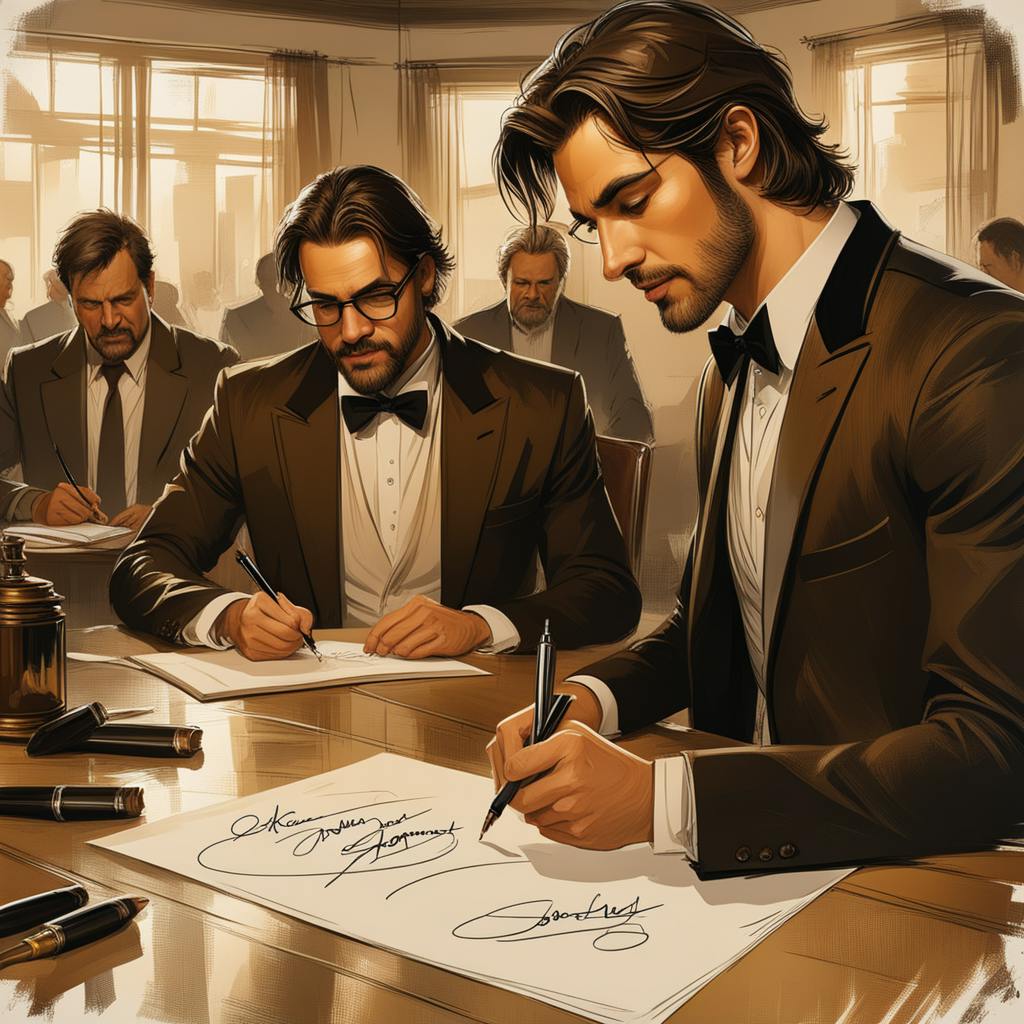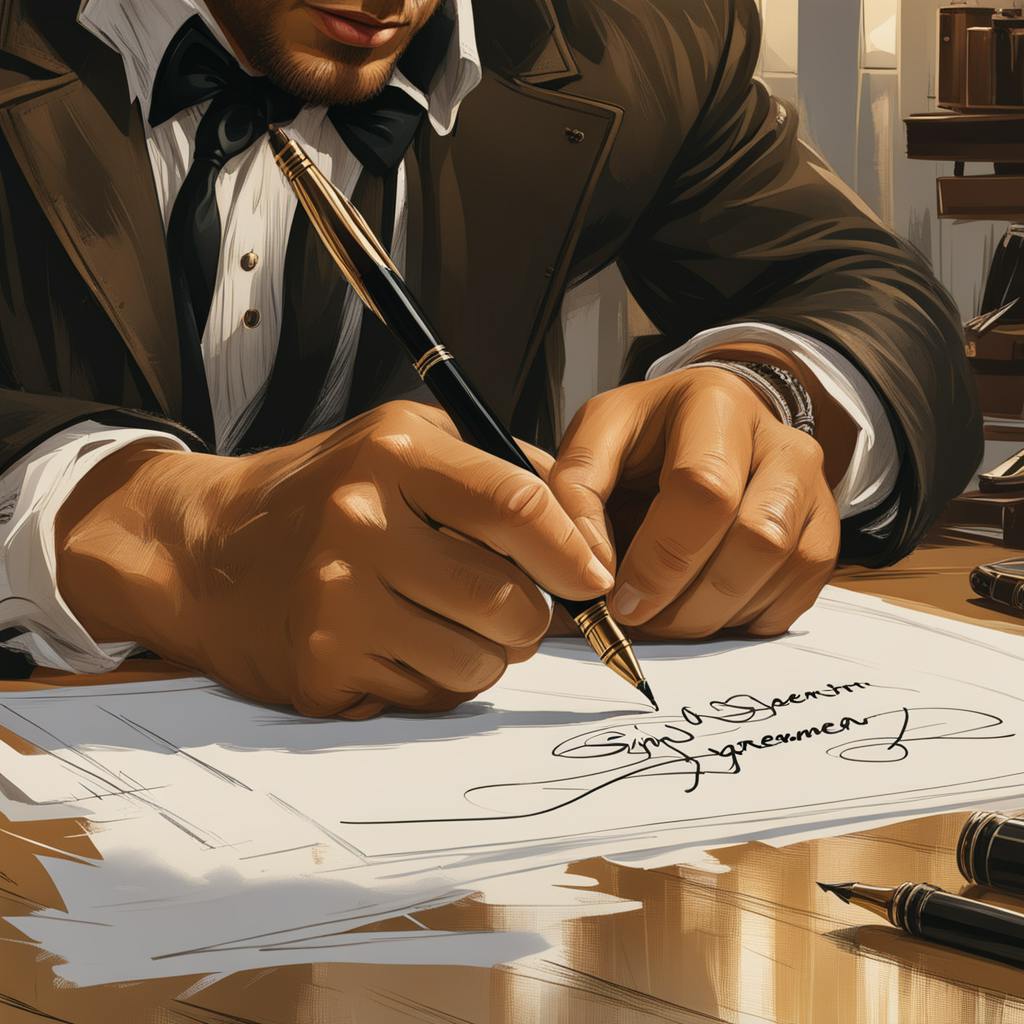In the dynamic world of graphic design, a robust graphic design agreement is non-negotiable. It not only safeguards your creative rights but also sets clear expectations between you and your clients. Whether you’re a seasoned designer or just dipping your toes into this creative field, understanding the fundamentals of a graphic design agreement can be your key to a successful partnership.
What is a Graphic Design Agreement?
A graphic design agreement is a legally binding document that outlines the scope, terms, and conditions of a graphic design project. It covers crucial elements such as project deliverables, timelines, payment terms, ownership rights, and confidentiality clauses. Using a well-structured graphic design agreement template can help streamline this process, ensuring that nothing important is overlooked.
Why is a Graphic Design Agreement Essential?
- Clear Boundaries and Expectations: A design agreement sets clear boundaries and expectations for both parties. It specifies every detail about what is to be delivered, when it will be delivered, and how much it will cost. This minimizes misunderstandings and disputes, making the design process smoother.
- Protection of Intellectual Property: One of the most significant benefits of a graphic design agreement is the protection of intellectual property. By explicitly stating who owns the final design, you protect your creative assets and prevent unauthorized use.
- Legal Safeguards: Should any issues arise, a properly drafted design agreement serves as a legal safeguard. It provides a clear reference point to resolve disputes amicably or through legal means if necessary.
Key Elements of a Graphic Design Agreement
- Scope of Work: The scope of work is arguably the most critical section of the agreement. It details what the project entails, including specific tasks, deliverables, and milestones. Clarity in this section sets the stage for the entire project and avoids future misunderstandings.
- Timelines and Deadlines: Outlining timelines and deadlines ensures that the project progresses smoothly. Specify the start and end dates, as well as key milestones. This helps in managing expectations and planning for contingencies should delays occur.
- Payment Terms: Including detailed payment terms in your graphic design agreement is crucial. Specify the total cost, payment schedule, and method of payment. You might also want to include information about late fees or penalties to encourage timely payments.

AI made with Bill Mather
- Ownership and Usage Rights: Clearly state the ownership and usage rights of the final design. This section should articulate whether the client gets exclusive rights, if the designer retains any rights for portfolio use, or any other specific terms relevant to usage.
- Confidentiality Clauses: Confidentiality clauses protect sensitive information shared during the design process. Such clauses ensure that both parties maintain discretion regarding proprietary information, ideas, and strategies.
Frequently Asked Questions
Do I need a lawyer to draft a graphic design agreement?
While a lawyer's expertise can be invaluable for drafting a comprehensive and legally sound design agreement, there are many graphic design agreement templates available that can serve as a solid foundation. However, having a lawyer review the final document can provide additional peace of mind.
What happens if a client fails to pay on time?
Including late payment penalties in your design agreement can help mitigate this issue. Always refer back to the payment terms specified in the agreement and communicate openly with your client to resolve any delays or issues.
Can the agreement be modified after both parties have signed?
Yes, a graphic design agreement can be modified post-signing, but any amendments should be documented in writing and signed by both parties.
FAQ: Graphic Design Agreement
How Can a Graphic Design Agreement Unlock the Power of a Designer's Work?
A well-structured graphic design agreement ensures that both parties have a clear understanding of their roles and responsibilities, thereby unlocking the creative potential of the designer by:
- Setting Clear Expectations: Detailed scope and deliverables ensure that the designer knows precisely what the client expects, minimizing misunderstandings and enabling focused creativity.
- Streamlining Communication: Outlining preferred communication methods and regular check-ins ensures consistent and effective communication, allowing designers to ask questions and receive timely feedback.
- Providing Legal Protection: Clearly defined IP rights protect the designer’s original work, allowing them to confidently create and innovate without fear of unauthorized use or duplication.
- Ensuring Financial Stability: Transparent payment terms and schedules ensure that designers can manage their cash flow effectively, reducing financial stress and allowing them to concentrate on the creative process.
What Impact Does a Comprehensive Graphic Design Agreement Have on the Client-Designer Relationship?
A thorough agreement fosters a positive client-designer relationship in several ways:
- Builds Trust: Clear contracts show professionalism and commitment, which builds trust between the client and the designer.
- Reduces Conflicts: By setting clear expectations regarding deliverables, timelines, and costs, the potential for misunderstandings and disputes is significantly minimized.
- Enhances Collaboration: When both parties are on the same page, it fosters a collaborative environment that can lead to more innovative and effective design solutions.
- Increases Satisfaction: Clients and designers alike are more satisfied with the process and the final product because there is a clear roadmap and mutual understanding of the project's goals.

AI made with Bill Mather
What Are Common Mistakes to Avoid When Drafting a Graphic Design Agreement?
Avoiding these common errors can help ensure a robust, enforceable agreement:
- Vague Scope of Work: Be as detailed as possible about the services to be provided. Ambiguity can lead to disputes over what was promised versus what was delivered.
- Overlooking IP Rights: Neglecting to clearly outline who owns the final design and any associated rights can lead to legal and financial complications down the road.
- Unclear Payment Terms: Failing to specify payment schedules, methods, and penalties for late payments can result in financial instability and stress for the designer.
- Ignoring Revision Limits: Not setting a limit on revisions can lead to scope creep, where the client repeatedly asks for changes without additional compensation.
- Inadequate Termination Clause: Without a clear termination clause, either party can face unexpected losses or obligations if the agreement needs to be ended prematurely.
- Not Including Confidentiality Terms: Especially with proprietary or sensitive client information, omitting a confidentiality clause can result in legal issues and loss of trust.
- Lack of Dispute Resolution: Not outlining a clear path for resolving disputes can turn minor issues into significant conflicts, often requiring costly and time-consuming legal action.
By addressing these points comprehensively, a graphic design agreement can serve as a solid foundation for a successful and mutually beneficial client-designer relationship.
A well-crafted graphic design agreement is an indispensable tool for navigating the complexities of client relationships and project management. By clearly defining the scope of work, timelines, payment terms, ownership, and confidentiality, you set the stage for a successful and collaborative project. Utilize a graphic design agreement template as a starting point, and don't hesitate to consult legal expertise for added security. In doing so, you unlock the true power of a well-structured graphic design agreement, ensuring a seamless and harmonious working relationship with your clients.
With these principles in mind, you can move forward confidently, knowing that you have the framework to support your creative endeavors and professional interactions.

